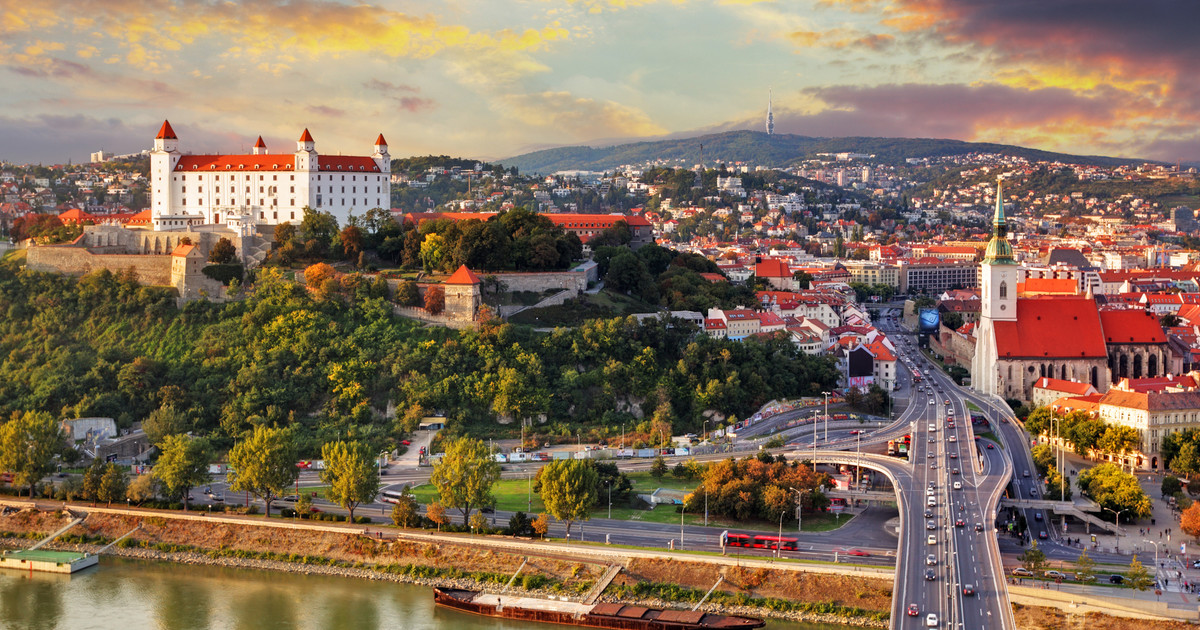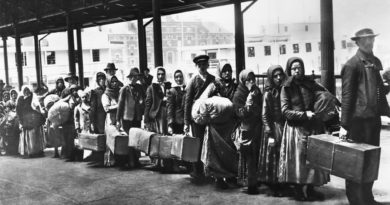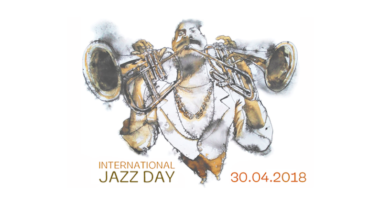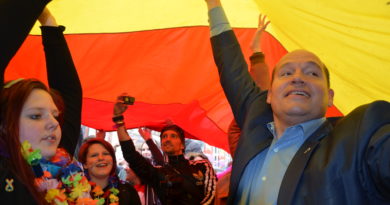Bratislava on the Danube
In the days of the Roman Empire, Rome’s mighty army rarely ventured across the Danube, and the river marked the north-easterly frontier of the Empire. Two thousand years later, Slovakia has been transformed into one of the most dynamically developing regions of the EU. The Republic was formed in 1993 when the Czech and Slovak countries agreed on a peaceful division, and 11 years later in 2004 Slovakia joined the EU. Today it has strong European credentials and is home to many new entrepreneurial start-up businesses thanks to its low taxation and the widespread availability of high speed internet communications. There is a dynamic buzz about Bratislava which has one of the lowest unemployment figures in Europe at 3%. Slovakia is part of the Schengen area, a member of the euro zone; its capital Bratislava, with a population of 600 000, is one of Central Europe’s largest cities, and one of the three wealthiest regions in the EU alongside Luxembourg and Hamburg.

Bratislava will be presenting what the city can offer visitors at the World Tourism Market in London this November; the numbers of tourists coming from Western Europe is on the rise and particularly from Spain. Slovakia tends to attract more business visitors from Belgium than tourists but the trend is changing; you can reach Bratislava by direct flight from Charleroi, or from Brussels via Schwechat Airport which lies half way between Vienna and Bratislava and is within a 30 minute taxi transfer to Bratislava city centre. It is home to museums, theatres and iconic cultural institutions, such as the Slovak Philharmonic Orchestra. It is a city of understated charm and culture for those looking for a friendly and relaxing weekend city break. The best place to stay is in the old town with its maze of narrow lanes and historical buildings, including the house where Mozart stayed when visiting the city. Wolfgang Amadeus performed his first public concert as a child prodigy at the age of six in Bratislava in the palace of Count Palffy.
Many of Bratislava’s finer architectural treasures and palaces date from this period in the 18th century and particularly from the time of the reign of Queen Maria Theresa, when Bratislava was the centre of administration for the Austro-Hungarian Empire. The most strikingly visible historical monument in the city is Bratislava Castle which dominates the skyline, and commands excellent views across the city.
But there is a lot more to discover in the city’s vibrant café and pub scene, if you take a stroll into the lanes and back streets of the old town to seek out some of Bratislava’s hidden gems. Slovakia takes its beer seriously, and there are many independent microbreweries and atmospheric pubs in Bratislava with a rich diversity of excellent beers enjoyed by locals and visitors alike. One of the best loved is the Monastic Brewery where you are more than likely to meet one of the head brewers, Roman Kozak, who will be happy to discuss with you how he brews the famous Monastic Beer and his love of music. The brewery forms part of the Messerschmidt House which also houses a restaurant, a coffee house and the November 17 museum commemorating Slovakia’s important role in the peaceful Velvet Revolution of 1989 which saw the overthrow of communism.
Other great microbreweries in Bratislava are the Castle Brewery adjacent to the city walls, Meštiansky Pivovar just beyond the main shopping street of Obchodna, and the very cosy Starosloviensky Pivovar which is decorated like a Tatra Mountain hut and also serves goat’s cheese (bryndza) to wash down with their brews. Close to the University is the micro-brewery and pub Richtár Jakub, and other recommended venues include the Bratislava Flagship Restaurant and the stylish riverside Dunajsky Pivovar where you can enjoy views across the Danube from the rooftop terrace.
This winter Bratislava’s Christmas markets will run from 24 November in the Main square and Hviezdoslavovo square in the old town. On 17-18 November wine lovers can taste the best wines produced in the Little Carpathians´ Region, and talk with the producers about more than 200 wine varieties produced in the region. If you are looking for an original destination to celebrate the New Year, then why not join the New Year’s Eve party in Bratislava and enjoy a spectacular fireworks display over the River Danube?
For visitors interested to spend longer in Slovakia and explore beyond the capital, the High Tatra Mountains to the north of Bratislava are a 4 hour train journey away. The gateway to the national park is the city of Poprad, and the Slovak High Tatra range has more than 20 mountains over 2 500 metres in height, offering trekking in the summer, skiing in the winter, thermal springs, pristine forests, and breathtaking views of valleys, mountain lakes, waterfalls and gorges. They are one of Europe’s best kept secrets, and an absolute must for those who love the outdoors and wish to reconnect with nature.



